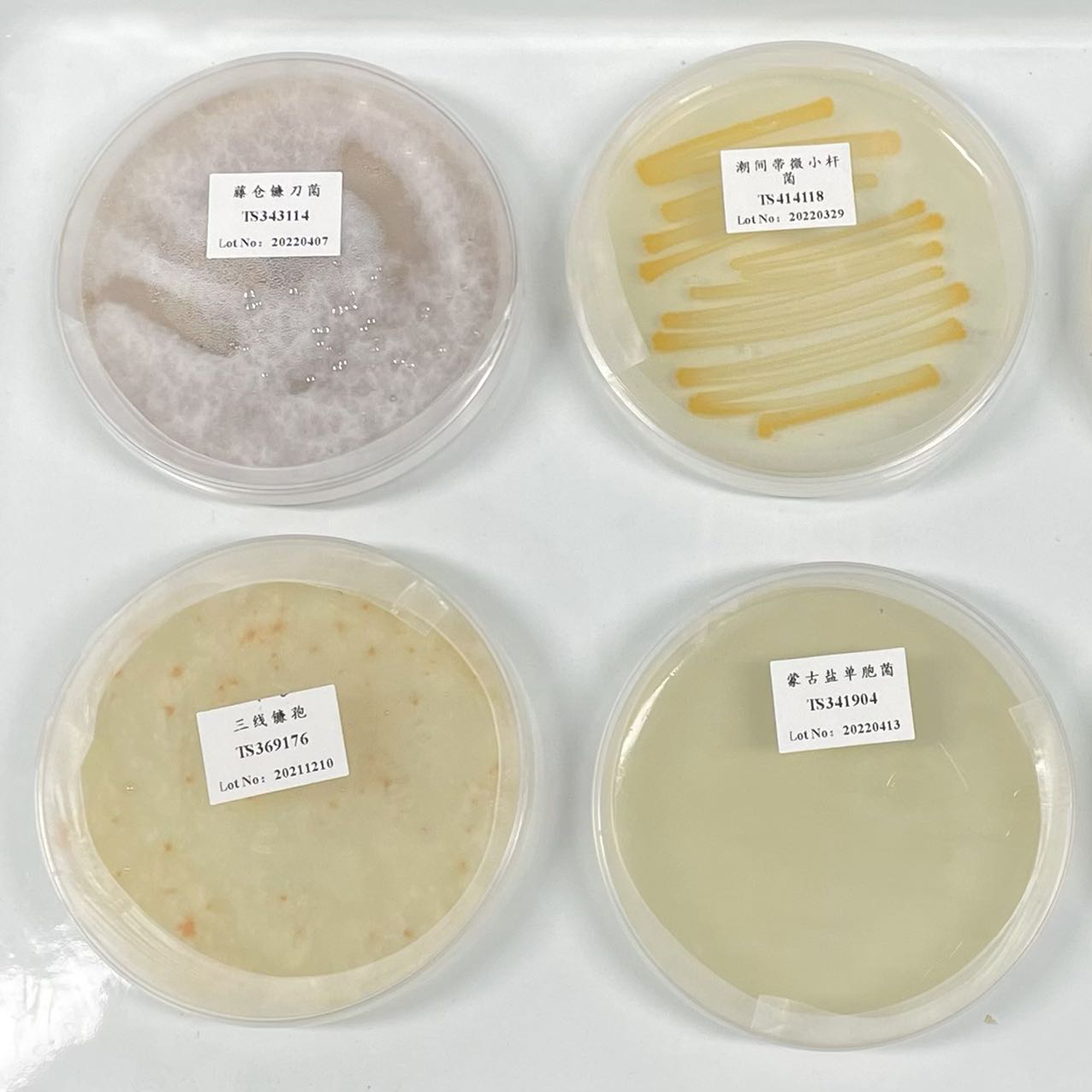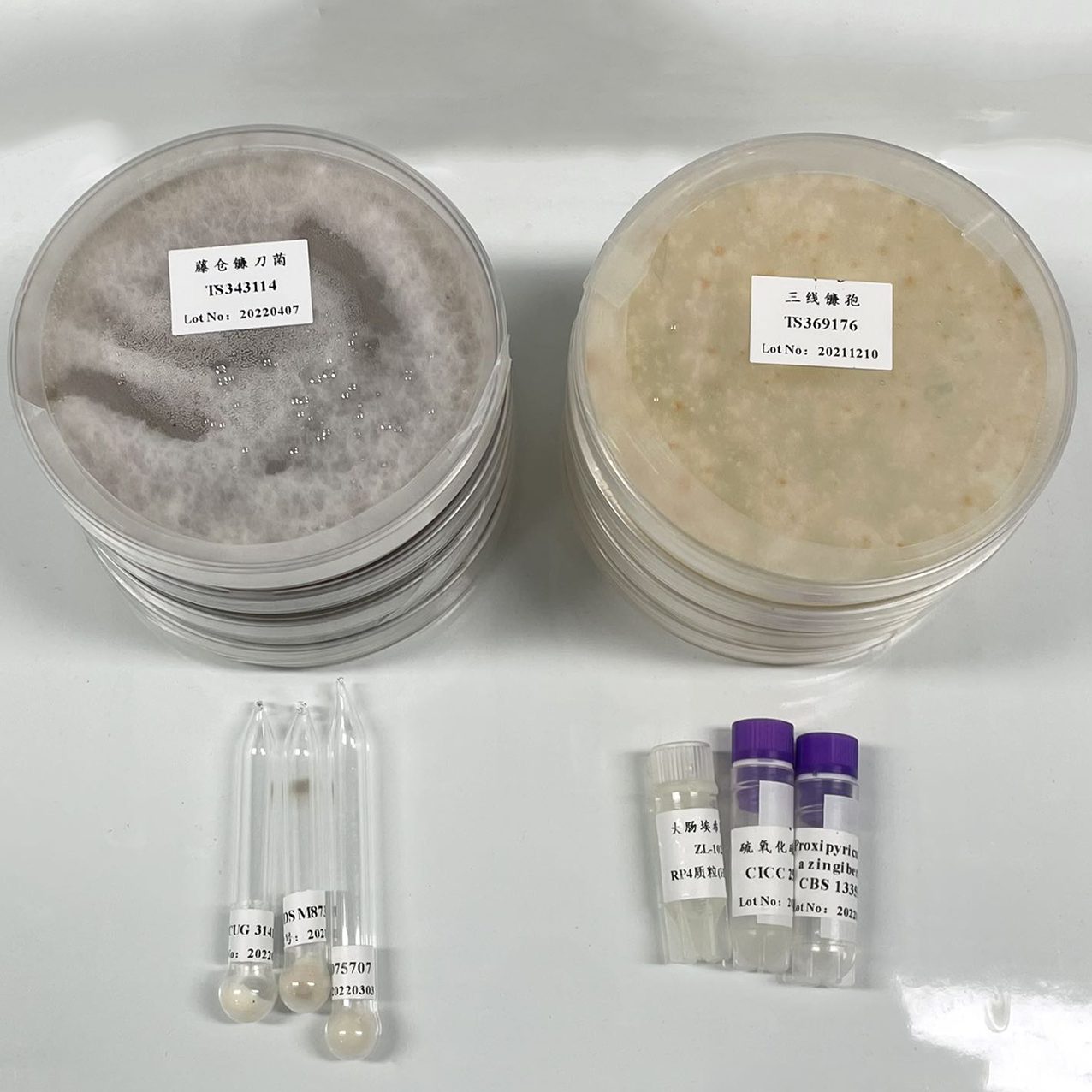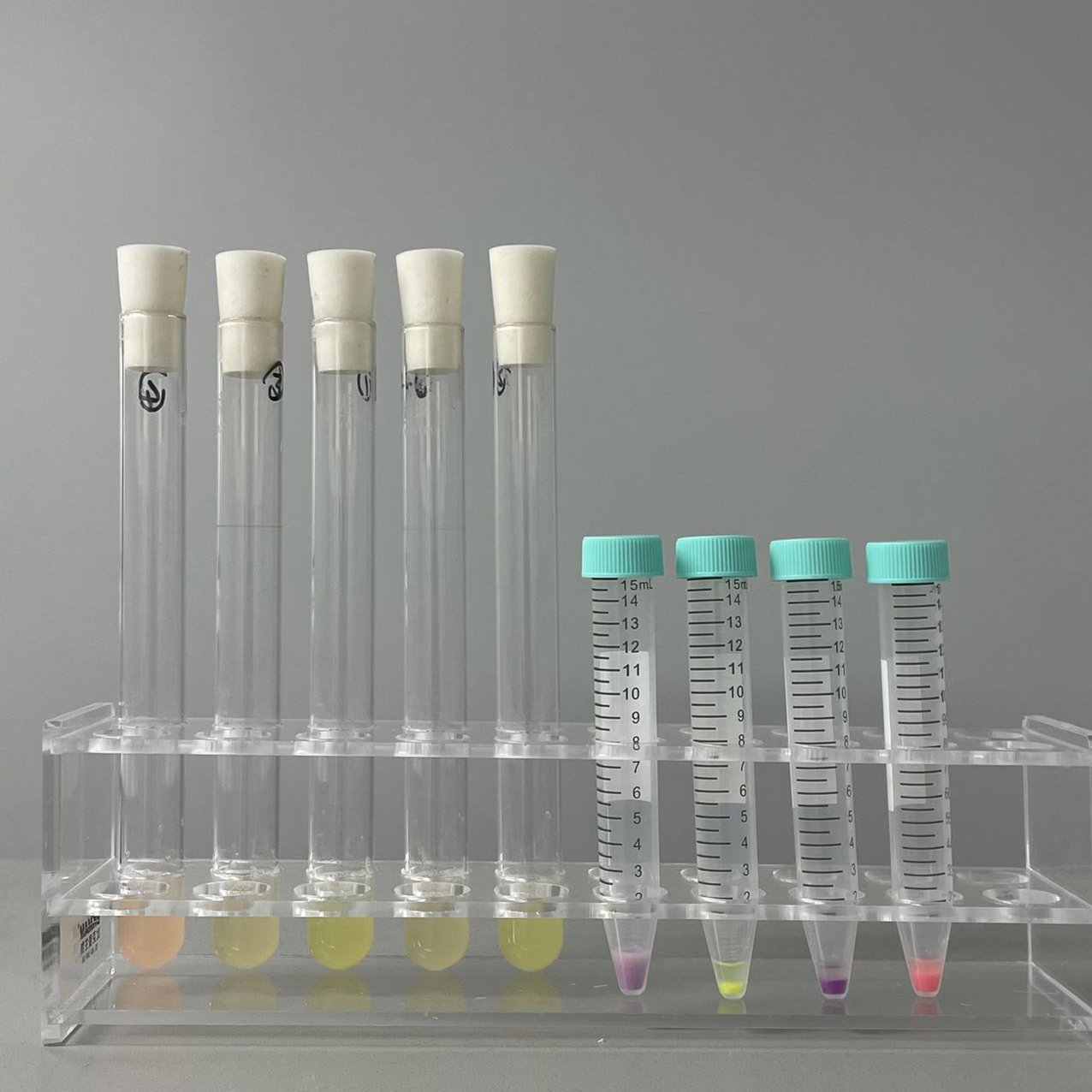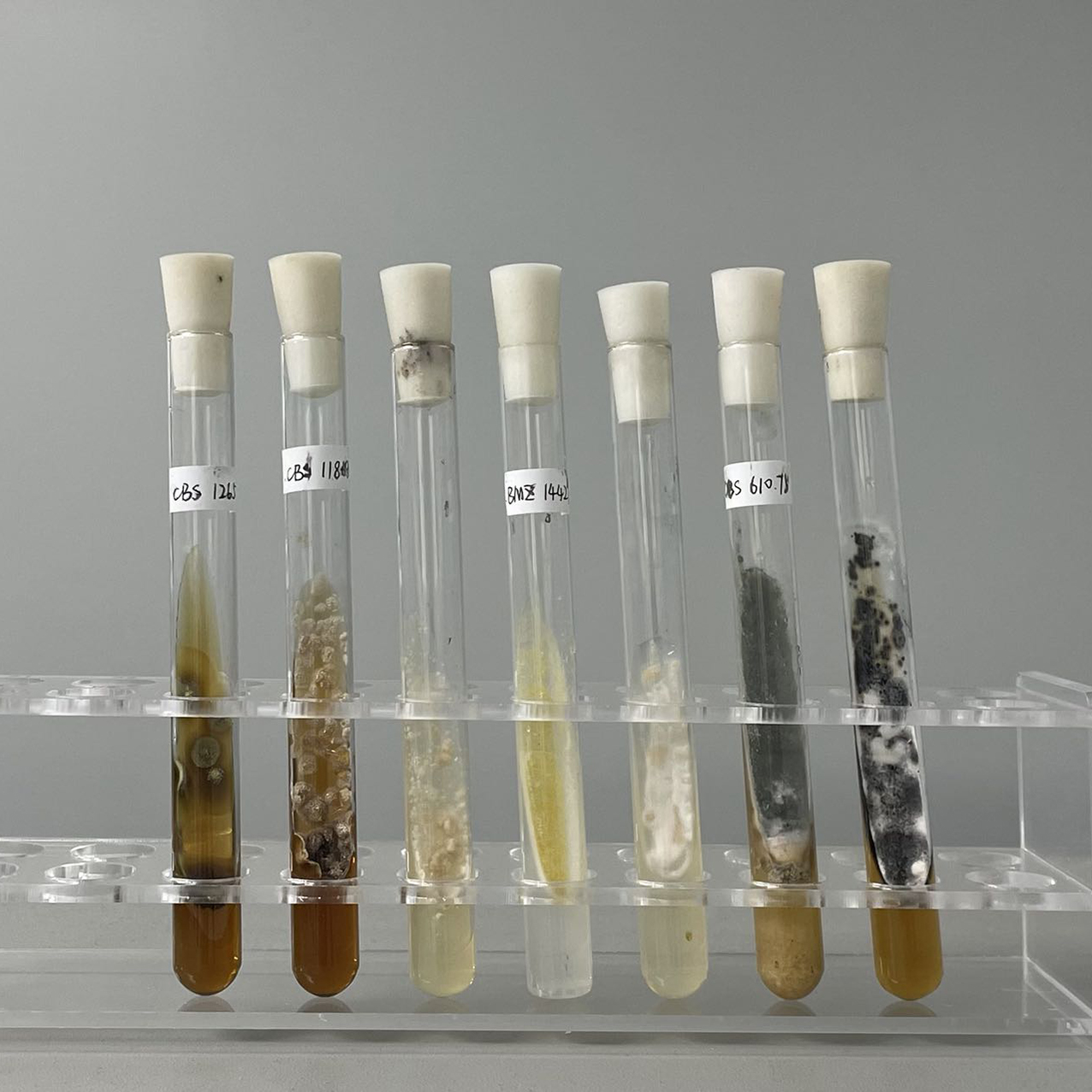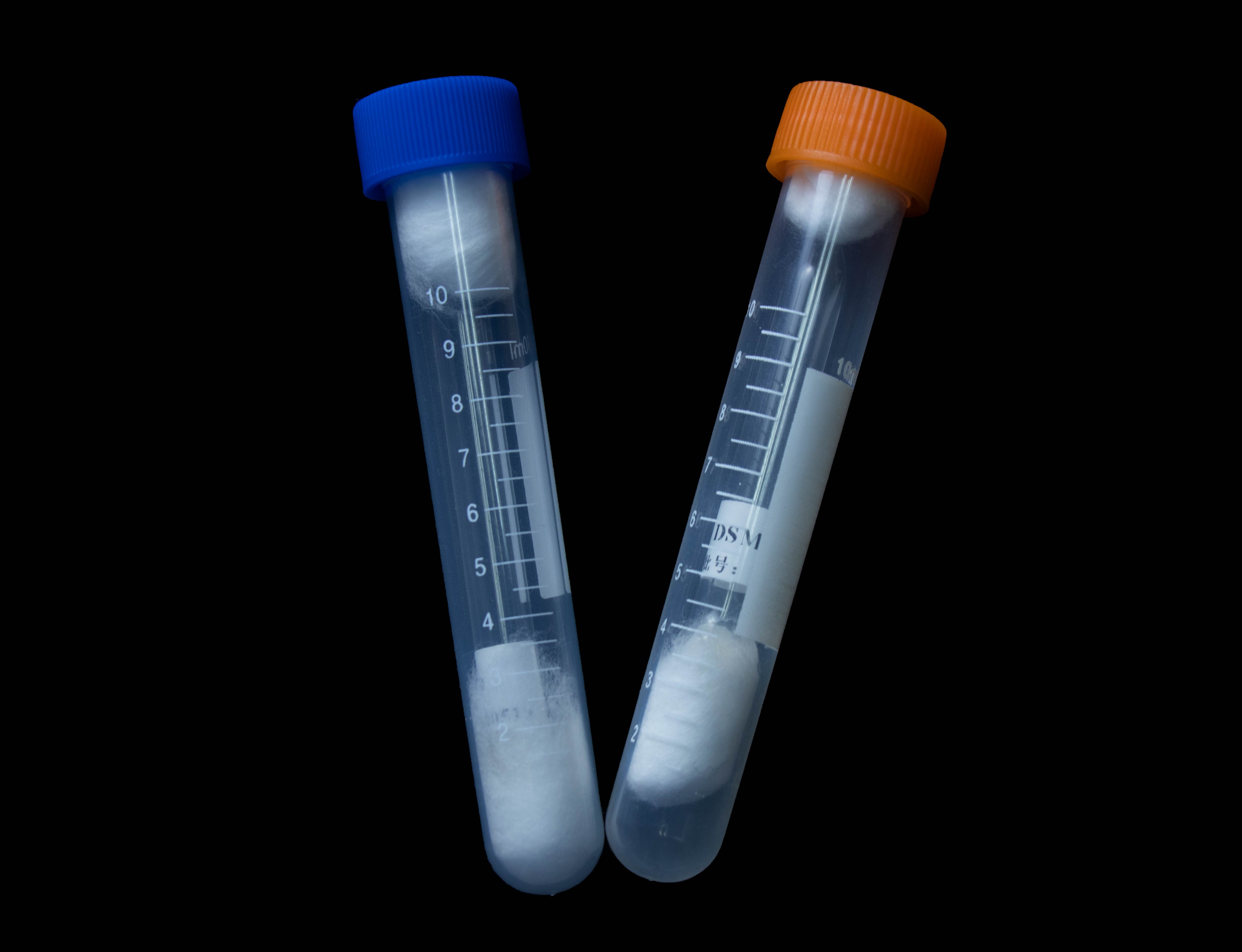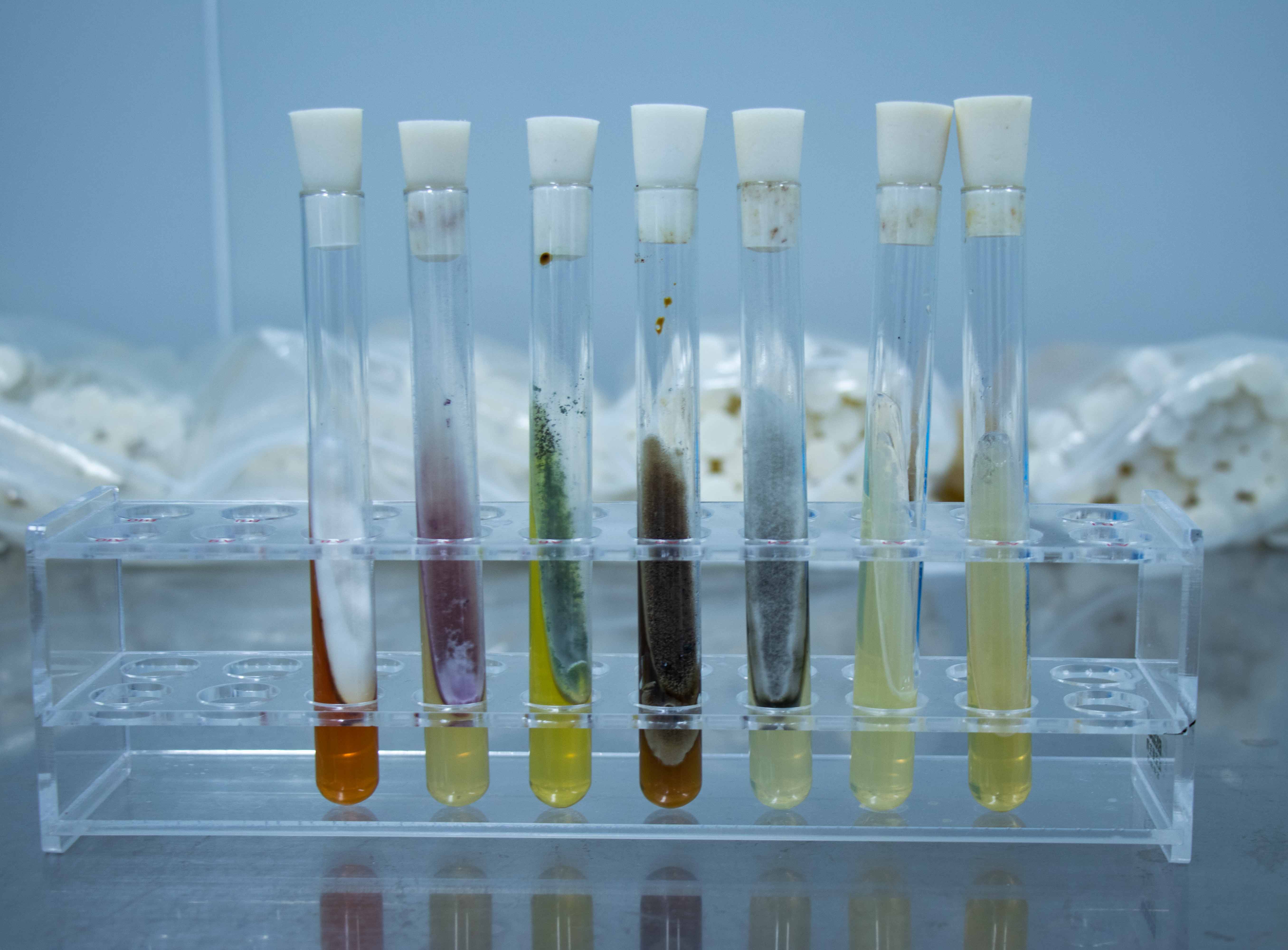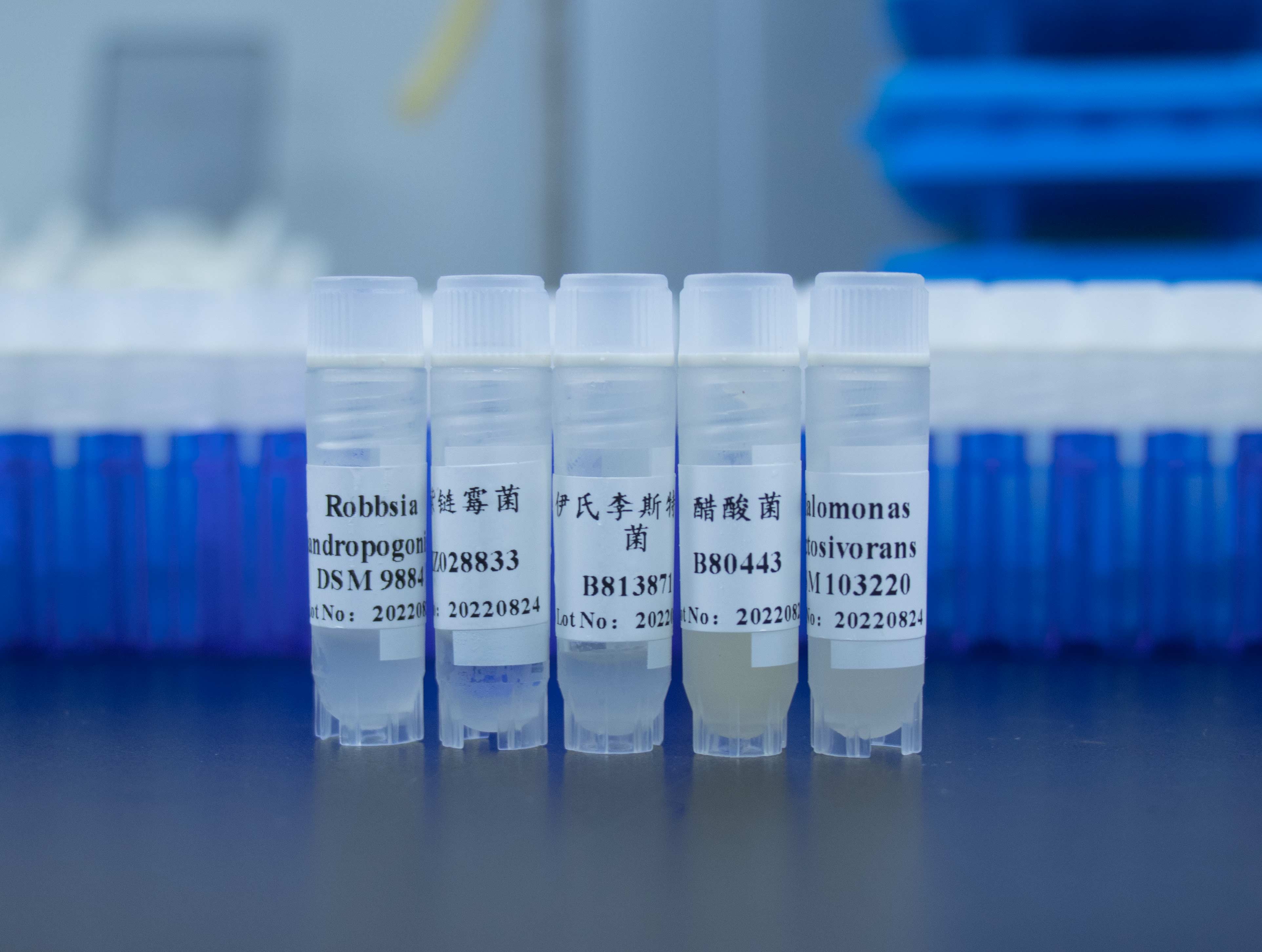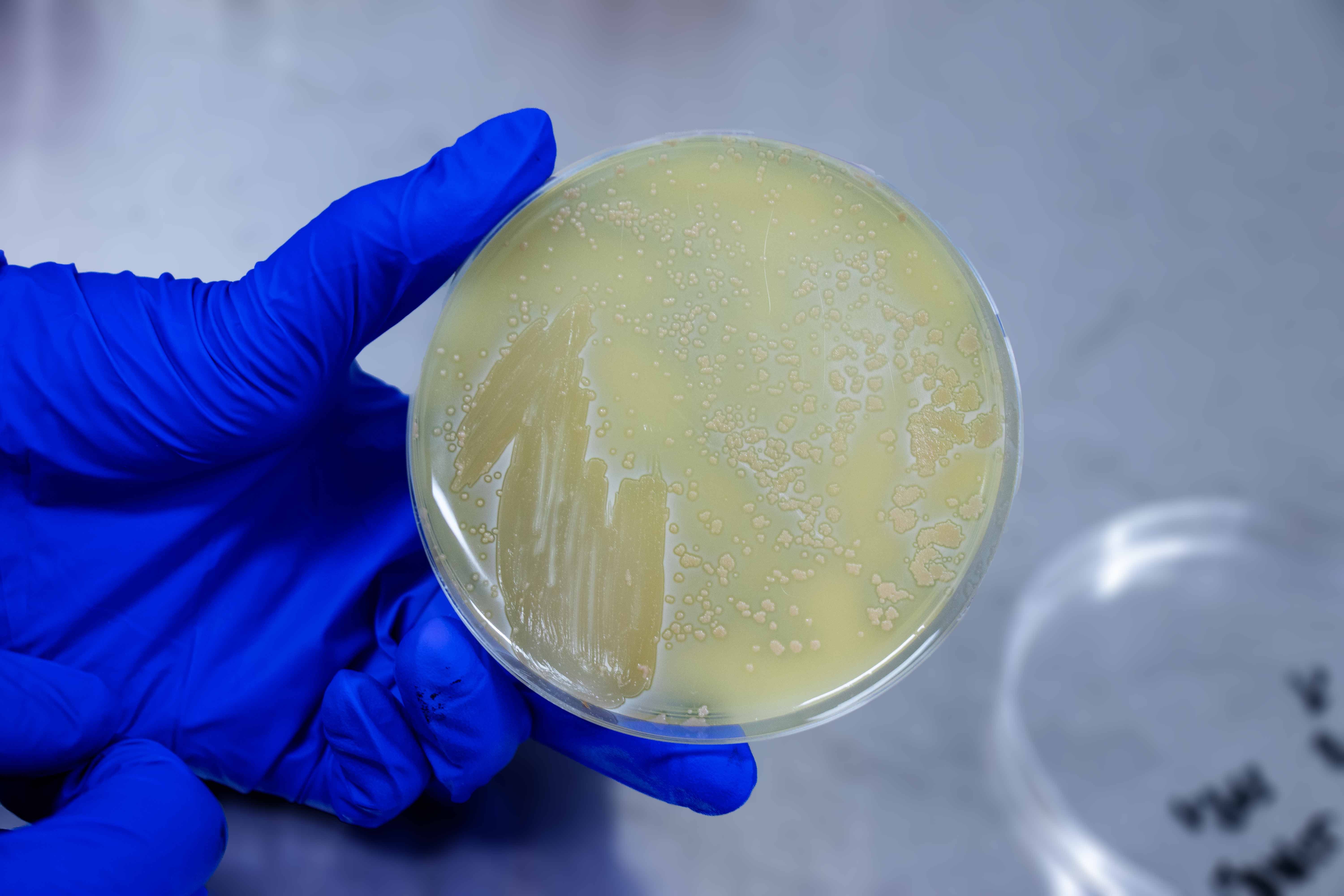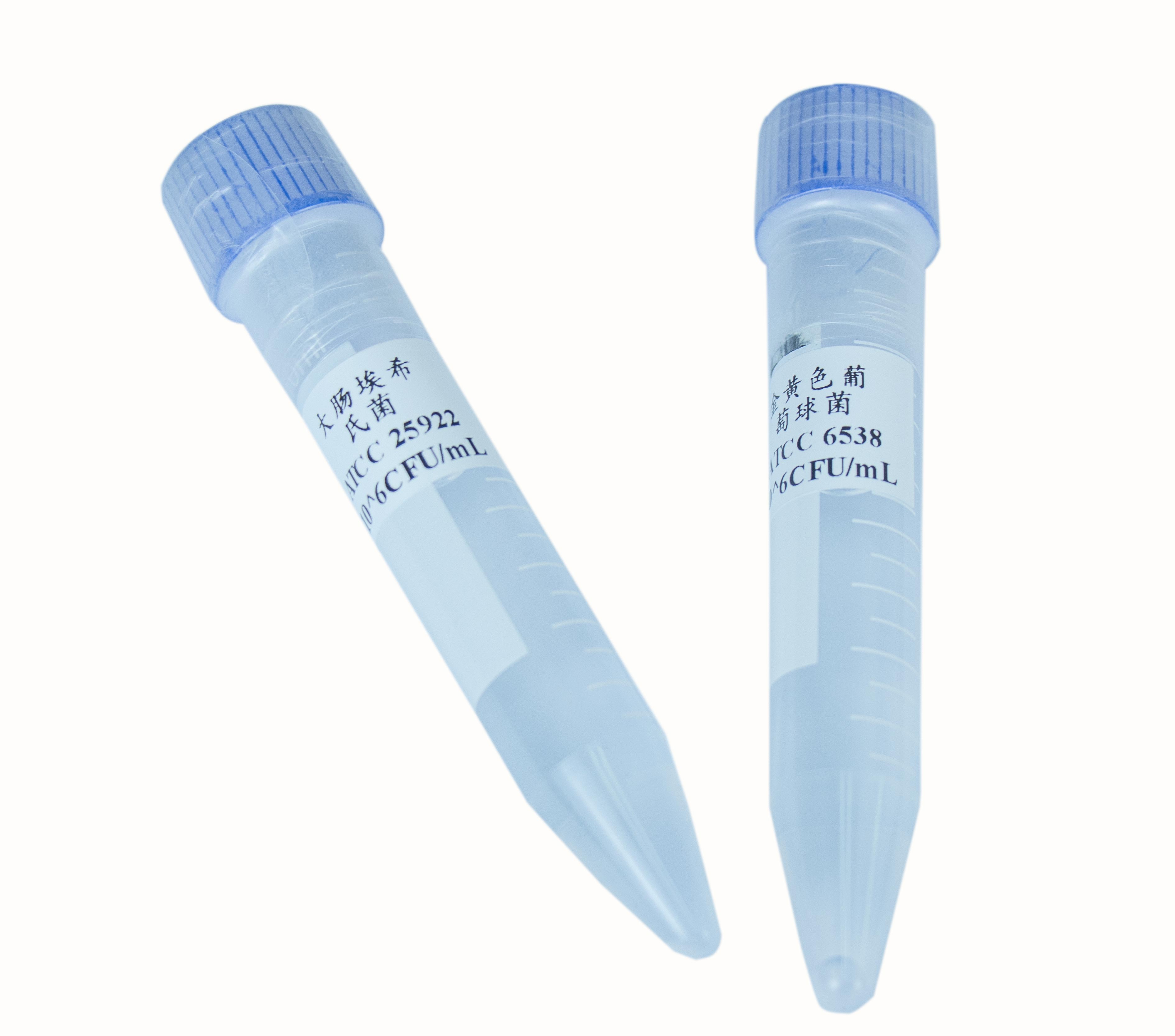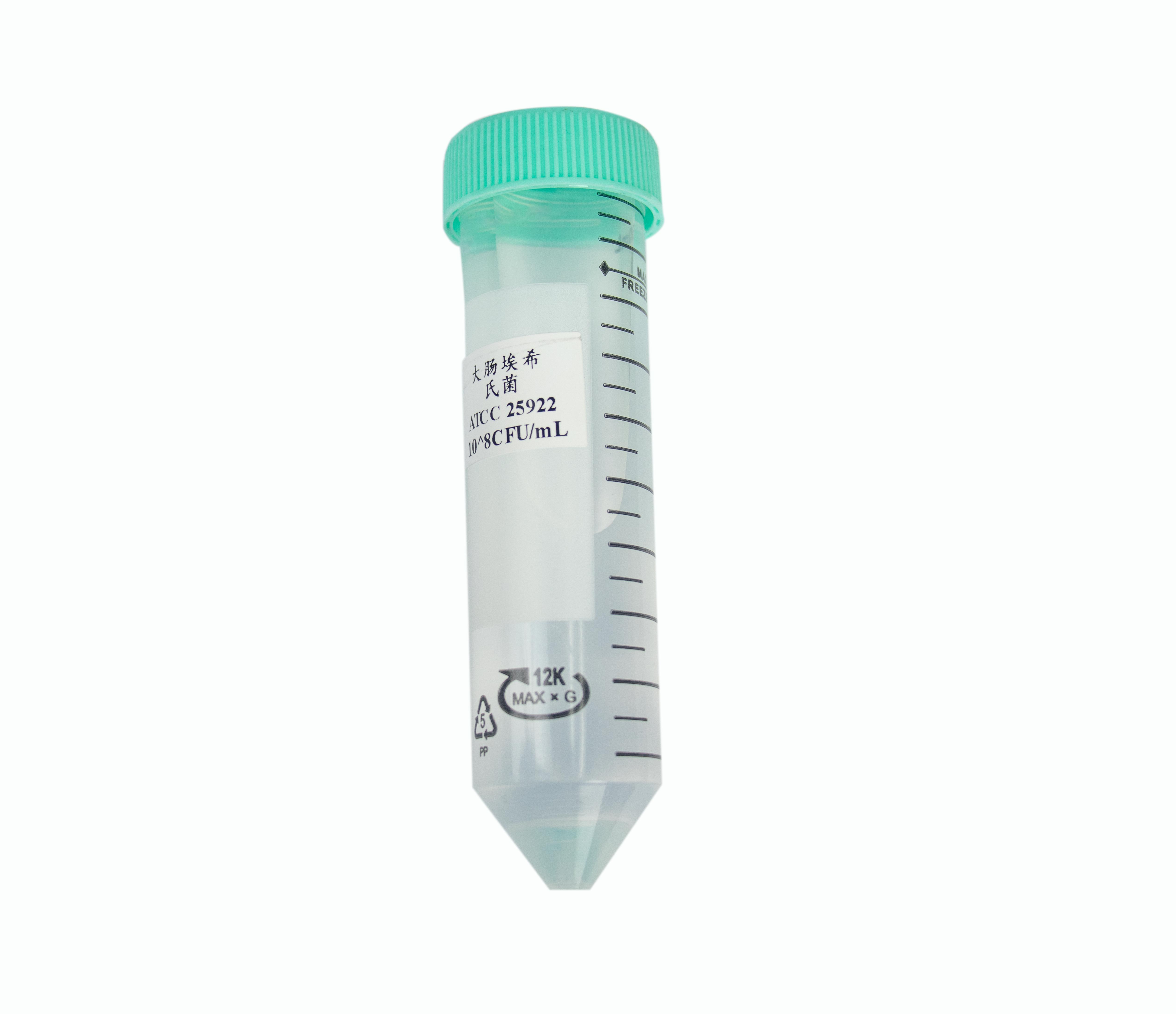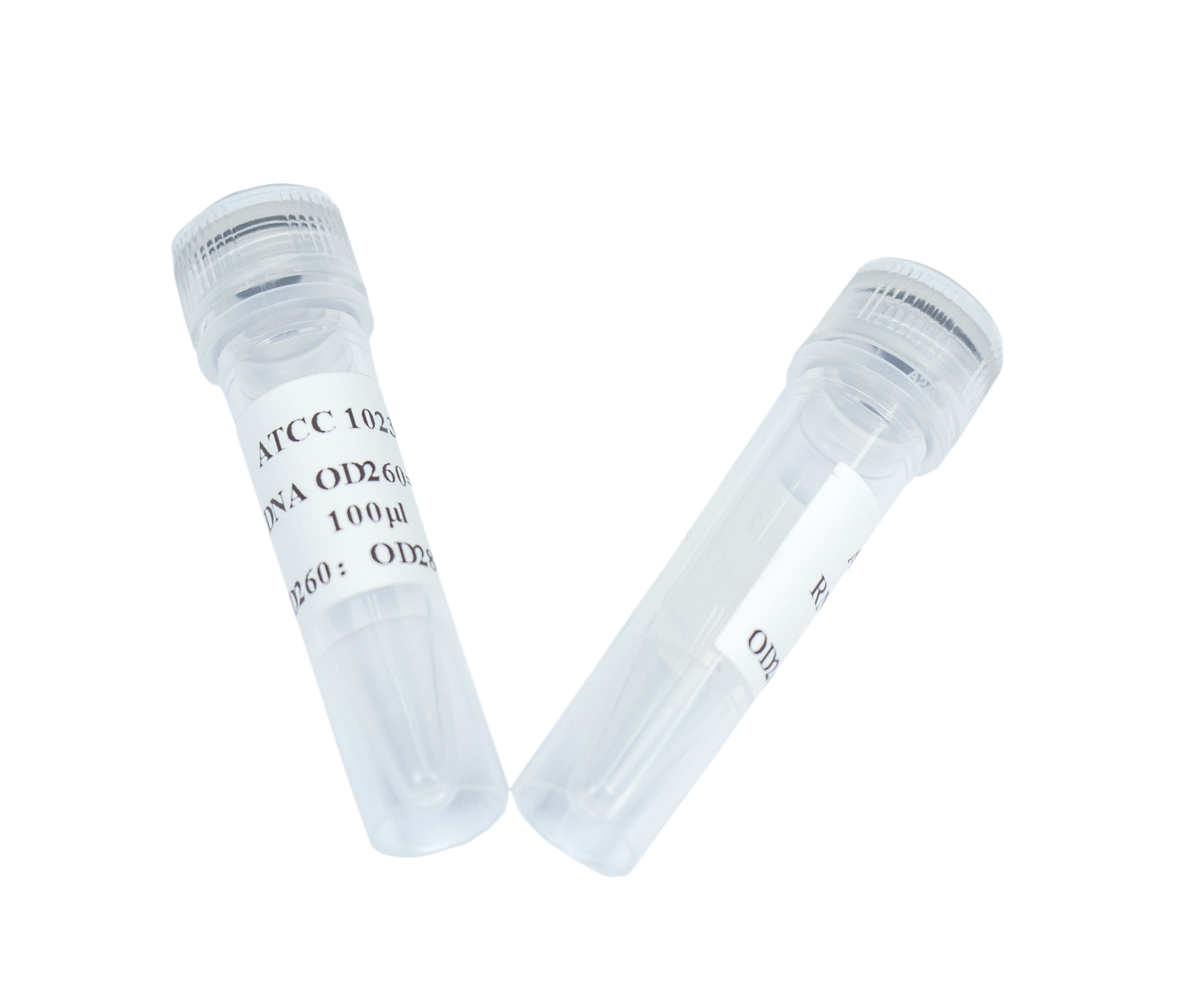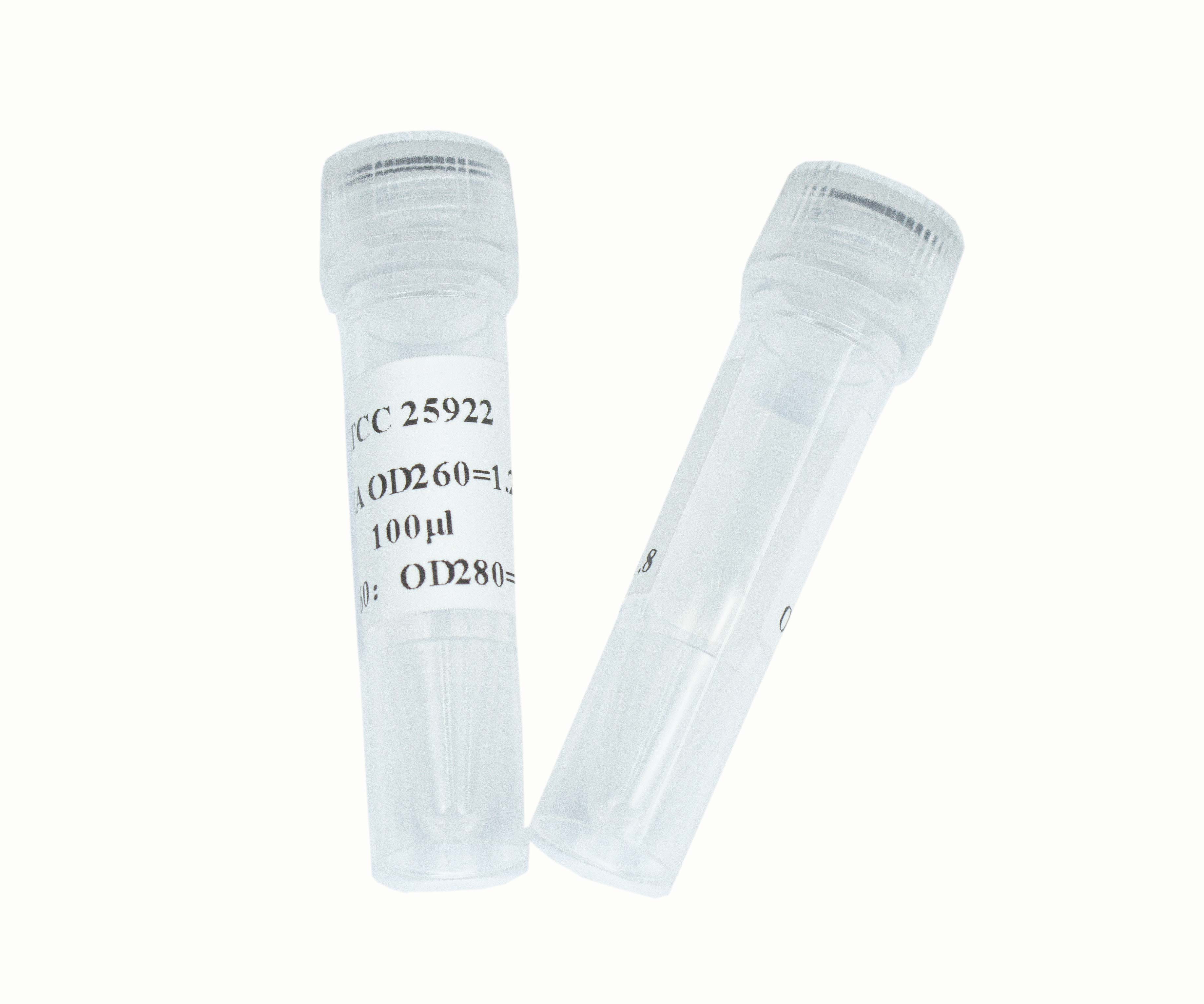NCIMB 13708
NCIMB 13708
规格:
货期:
编号:TS391598
品牌:Testobio
| NCIMB number | NCIMB 13708 |
| Deposit type | Bacteria |
| Type strain | Yes |
| GMO | No |
| Taxon name | Pigmentiphaga kullae |
| Depositor designation | K24 |
| Preservation method | Lyophilised |
| Price band | A |
| Media | 201 |
| Gas regime | aerobic |
| ACDP category | 1 |
| Colony Edge | Entire |
| Colony Surface | Smooth |
| Colony Shape | Circular |
| Colony Elevation | Raised |
| Colony Colour | Cream |
| Cellular Shape | Rod |
| Gram stain | Gram Negative |
| Depositor Name | Dr Andreas Stolz |
| Depositor Company | Institut fur Mikrobiolgie der Universitat Stuttgart |
| Depositor Address | Allmandring 31 70469 Stuttgart Germany |
| Source | "Soil after continuous enrichment with 1-(4-caboxy-phenylazo)-2-naphthol, Switzerland" |
| Date of Accession | 19/07/2000 |
| History | "-- T Leisinger, ETH, Zurich, Switzerland" |
| Other collection IDs | ATCCBAA-795 CCUG47266 DSM13608 |
| Yeast? | False |
| K12 | No |
| References | Kulla. H.G et al 1984 Biodegradation of xenobiotics, experimental evolution of azo-dye degrading bacteria. In Current perspectives in microbial ecology (M.J. Klug & C.A> Reddy, eds.) American Society for Microbiology, Washington DC Zimmermann, T. et al 1984 Comparison of two bacterial azoreductases acquired during adaptation to growth on azo dyes. Arch. Microbiol. 138:37-43. Blumel S et al (2001) IJSEM 51, 1867-1871 Biodegradation of xenobiotics, experimental evolution of azo-dye degrading bacteria.. In: Klug MJ , Reddy CA, editors. Current perspectives in microbial ecology. Washington, DC: American Society for Microbiology, (journal unknown) , 663-667, 1984 Comparison of two bacterial azoreductases acquired during adaptation to growth on azo dyes, Arch Microbiol 138(1), 37-43, 1984 Identification and molecular characterization of a novel flavin-free NADPH preferred azoreductase encoded by azoB in Pigmentiphaga kullae K24, BMC Biochem 11, 13, 2010 Pigmentiphaga kullae gen. nov., sp. nov., a novel member of the family Alcaligenaceae with the ability to decolorize azo dyes aerobically, Int J Syst Evol Microbiol 51(5), 1867-1871, 2001 |
首页/产品中心/进口菌株
产品中心
联系我们 CONTACT US
0574-87917803
testobio@163.com
浙江省宁波市镇海区庄市街道兴庄路9号
创e慧谷42号楼B幢401室
最新促销
名称:NCIMB 13663
名称:NCIMB 13724
名称:NCIMB 13709
名称:NCIMB 13707
名称:NCIMB 13696
名称:NCIMB 13706
名称:NCIMB 13654
名称:NCIMB 13683
名称:NCIMB 13682
名称:NCIMB 13681
名称:NCIMB 13680
名称:NCIMB 13679

NCIMB 13708
NCIMB 13708
规格:
货期:
编号:TS391598
品牌:Testobio
标准菌株
定量菌液
DNA
RNA
规格:
冻干粉
斜面
甘油
平板
| NCIMB number | NCIMB 13708 |
| Deposit type | Bacteria |
| Type strain | Yes |
| GMO | No |
| Taxon name | Pigmentiphaga kullae |
| Depositor designation | K24 |
| Preservation method | Lyophilised |
| Price band | A |
| Media | 201 |
| Gas regime | aerobic |
| ACDP category | 1 |
| Colony Edge | Entire |
| Colony Surface | Smooth |
| Colony Shape | Circular |
| Colony Elevation | Raised |
| Colony Colour | Cream |
| Cellular Shape | Rod |
| Gram stain | Gram Negative |
| Depositor Name | Dr Andreas Stolz |
| Depositor Company | Institut fur Mikrobiolgie der Universitat Stuttgart |
| Depositor Address | Allmandring 31 70469 Stuttgart Germany |
| Source | "Soil after continuous enrichment with 1-(4-caboxy-phenylazo)-2-naphthol, Switzerland" |
| Date of Accession | 19/07/2000 |
| History | "-- T Leisinger, ETH, Zurich, Switzerland" |
| Other collection IDs | ATCCBAA-795 CCUG47266 DSM13608 |
| Yeast? | False |
| K12 | No |
| References | Kulla. H.G et al 1984 Biodegradation of xenobiotics, experimental evolution of azo-dye degrading bacteria. In Current perspectives in microbial ecology (M.J. Klug & C.A> Reddy, eds.) American Society for Microbiology, Washington DC Zimmermann, T. et al 1984 Comparison of two bacterial azoreductases acquired during adaptation to growth on azo dyes. Arch. Microbiol. 138:37-43. Blumel S et al (2001) IJSEM 51, 1867-1871 Biodegradation of xenobiotics, experimental evolution of azo-dye degrading bacteria.. In: Klug MJ , Reddy CA, editors. Current perspectives in microbial ecology. Washington, DC: American Society for Microbiology, (journal unknown) , 663-667, 1984 Comparison of two bacterial azoreductases acquired during adaptation to growth on azo dyes, Arch Microbiol 138(1), 37-43, 1984 Identification and molecular characterization of a novel flavin-free NADPH preferred azoreductase encoded by azoB in Pigmentiphaga kullae K24, BMC Biochem 11, 13, 2010 Pigmentiphaga kullae gen. nov., sp. nov., a novel member of the family Alcaligenaceae with the ability to decolorize azo dyes aerobically, Int J Syst Evol Microbiol 51(5), 1867-1871, 2001 |



